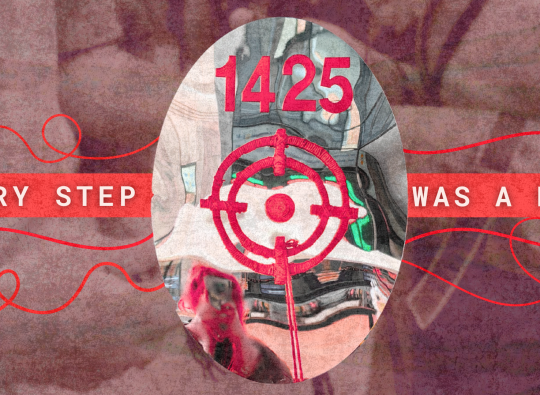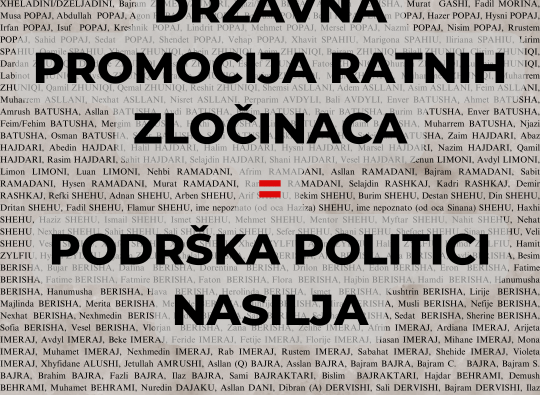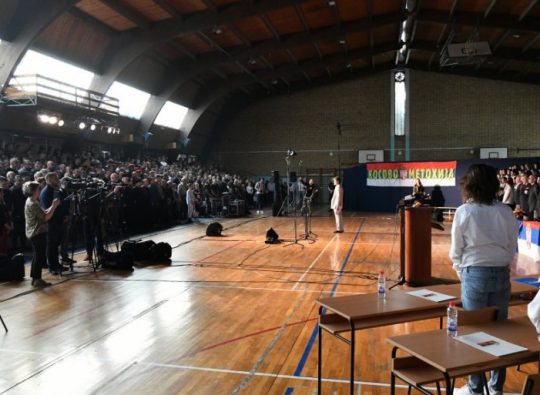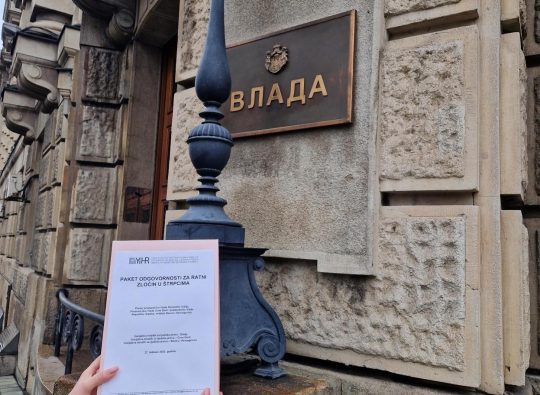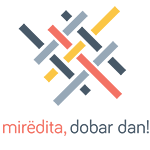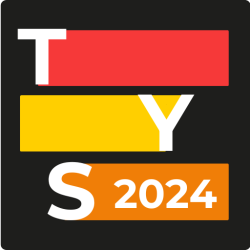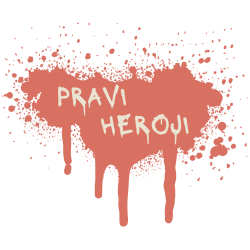Namely, in 2010, Jasminko Halilović started working on the book ‘War Childhood’ with a close circle of family and friends, wishing to record the widest possible range of memories of that period of life in BiH. After two and a half years of work on the book, Halilović sent the final text of the book to all the authors for review, after which he received scores of emails and artefacts which additionally thematised the memory of war. The book contains more than a thousand memories, the majority of which refer to the war in Sarajevo, although other parts of BiH are present, too. Its potential has become clear very soon, as, among other things, it was the reason for a girl who wrote down her memories to return to Sarajevo for the first time after being wounded in the war, staying in the hospital, and leaving the city for good. The book is important because it manages to record sad and traumatic moments of childhood, but also to show the strength of childhood in which children, in extremely inhuman conditions, created their own world, go to school, play, draw.
Having received numerous emails after the book was published, Jasminko Halilović realised that it was not a sufficient medium to include a larger quantity of memories, many of which were material in nature (photos, diary pages, various objects). This is where the idea which subsequently developed into the War Childhood Museum came from. The Museum was opened in 2017. Unlike other war-time museums, the War Childhood Museum documents the experience of those who had no influence on the beginning of the war, but still suffered multiple consequences of the war.
An important segment of the work is communication with people who share their memories and who gave significant participatory contribution to the establishment of the Museum. In this spirit, a community which has the potential to bring serious changes to society was created. The potential of the Museum lies in the very fact that its doors are always open.
The collected items are versatile, and range from photos and practical items, to items that have purely emotional value. One of the most interesting exhibits is a climber brought by a man who was a boy during the war, and who took the climber destined to be thrown away in the garbage when the park was being reconstructed. The shell cut the climber in half, killing and wounding several children. He kept the climber in his garage, and when he heard about the museum, he offered it as an exhibit. The Museum currently has more than 4000 exhibits; it is not possible to display them all, but the exhibition changes once a year.
Jasminko Halilović sees the role of art in the context of reconciliation of societies in the region as multi-layered and very important. Museums can give important contributions and incite changes, especially in societies like ours, where there has been no reconciliation and adequate dealing with the past. They cannot do it alone, but they can illuminate the path the societies should follow. The War Childhood Museum is one such museum, dealing with a sensitive topic. It does so not by acting as an interpreter of the past, but by providing people with a platform where they will tell their stories, as well as a space for the others who visit the museum, to hear those stories and experience them in their own way. The exhibition does not aim at inspiring pity: all stories are told with dignity and respect. People who visit the museum bear witness to a feeling of respect and hope, based on empathy and understanding.
Let us remind you, in addition to his work at the Museum, Jasminko Halilović is also a president of the URBAN association, one of the leading non-governmental organisations in the field of culture in the Balkans. He is the author and editor of several books, including a monograph ‘Sarajevo – My City, A Place to Meet’ and the award-winning ‘War Childhood’ that has been translated into six languages.
The event was organized by the Youth Initiative for Human Rights (YIHR Serbia) in cooperation with forumZFD in Serbia and the Independent Journalists’ Association of Vojvodina.
This conversation is part of the project “Advocacy, Artivism and Education to End Genocide Denial and Strengthen Reconciliation Process” which is supported by the Ministry of Foreign Affairs of the Federal Republic of Germany. Germany supports efforts to establish a participatory culture of remembrance, regional cooperation, and reconciliation in the Western Balkans.

